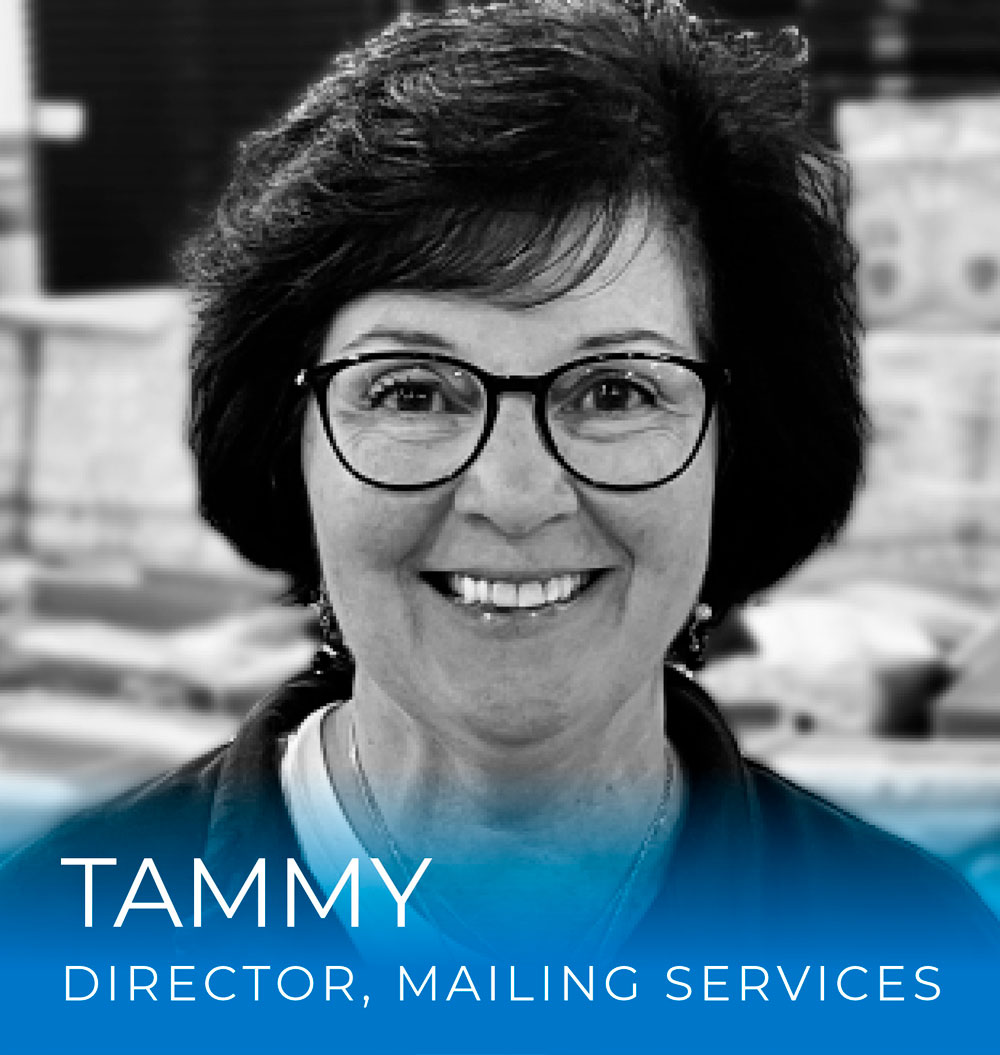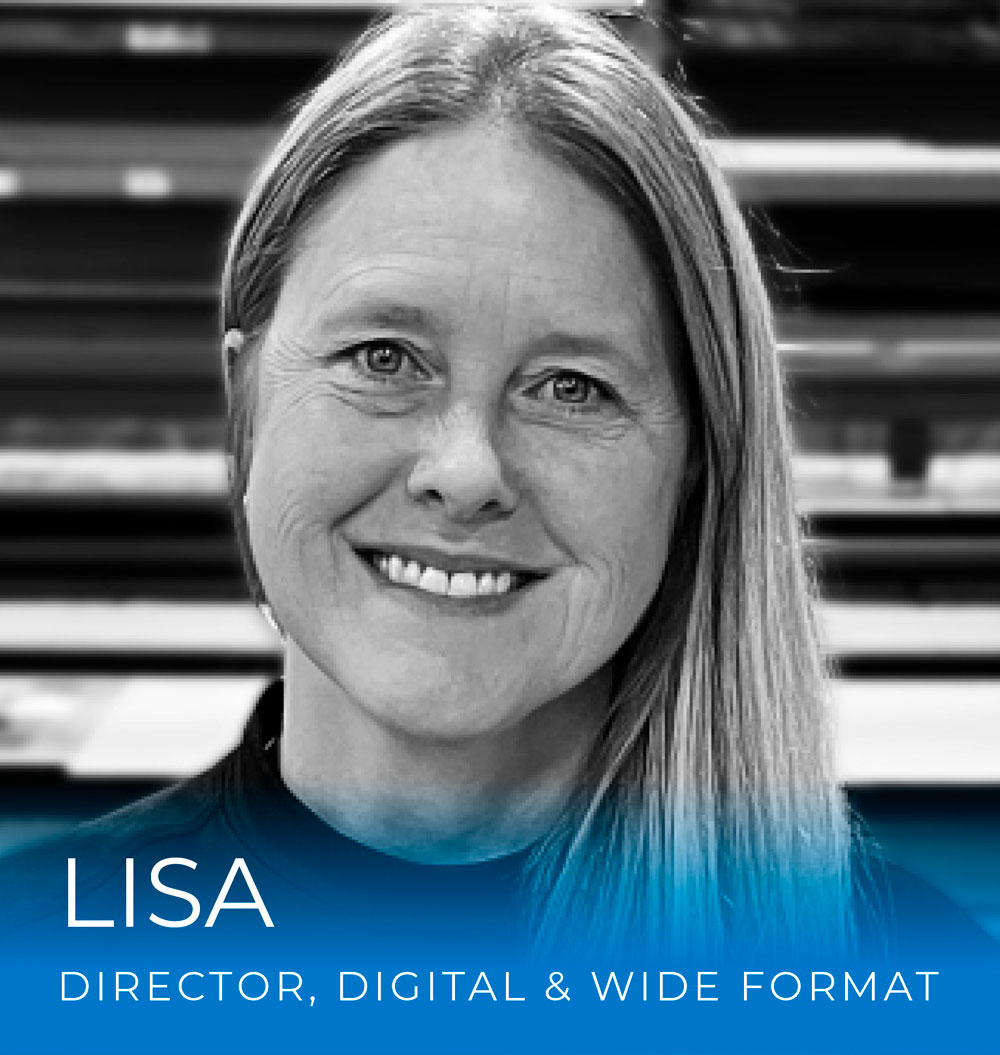
When you think back to the origins of print, you might picture a group of men around a printing press—but many women throughout history have made significant contributions and have been influential to the printing industry.
In the early American colonies, it was not uncommon for women to pursue various occupations—including jobs in printing. In the 1860s, typesetting was the most prestigious job for women in San Francisco. The job required skill in spelling and grammar, along with manual dexterity, so typesetters tended to be better educated and fast learners.
When experienced female typesetters from Eastern states moved to the West Coast in search of work, the Women’s Co-operative Printing Union (founded by Agnes B. Peterson) was established. As the Women’s Rights movement grew, the WPCU also grew, encouraging women, including Amanda Slocum and Marietta Lois Stowe, to establish their own print journals. Eventually, the Typographical Union opened to female printers, offering the same pay and protection as male printers in one of the few skilled professions available to women at the time.
Women were steadily becoming more empowered, and by 1888, they were working in over 300 different occupations. This was due in no small measure to the female printers who gave voice to women locked out of a male-dominated world. These early influencers publicized the existing inequalities and spoke out on behalf of greater opportunities and equal pay for their peers. Printing also gave women an opportunity to work in a skilled job when little else was available.
Amanda M. Slocum and Marietta Lois Stowe were two of the most remarkable women printers in the 19th century. They set up their own printing companies and published journals, giving them a platform to share their views on gender equality. These inspiring women paved the way for other female printers to follow suit, who also helped to spread their message of equality and empowerment.
The hard work and dedication of women like Amanda M. Slocum and Marietta Lois Stowe have inspired generations of female printers and served as a powerful reminder that anything can be achieved with passion, determination, and the courage to fight for what you believe in.
The Rise of Women in the Printing Industry
Thanks to the female leaders who came before us, more women are entering the industry and rising to leadership positions. Today, many women working in the industry continue to make their mark by creating new opportunities for themselves and others. Here at Think Patented, out of 12 department directors, 6 are female, and there are many other women that contribute to the success of our company.
We want to highlight some of the inspiring females, who have made an impact on our company. Let’s take a closer look at how these women are changing the printing industry and paving the way for others.
The Challenges They Overcame
The first barrier that these women had to overcome was gaining access to an industry that was traditionally closed off to them. They took advantage of educational opportunities, such as attending design schools or pursuing additional training or certifications in printing technology. This enabled them to demonstrate their competency for potential employers and offered them an entry point into this competitive field.
Once they were able to gain entry into the industry, they quickly began challenging outdated ideas about what roles women could play in it. Not only did they prove themselves capable of completing all necessary tasks related to design and printing, but some even went above and beyond by introducing new processes or technologies that improved efficiency. This allowed them to rise through the ranks quickly, ultimately landing them in high-level positions.
Their Impact on Other Women
These women’s success stories have had a ripple effect among other women who may be interested in getting into the printing industry, but don’t yet feel confident enough to do so. Seeing successful female role models encourages more women to pursue careers in this field and shows that there is room for advancement within it. It’s also inspiring younger generations of girls who may not have considered entering such a male-dominated sector before seeing these kinds of success stories shared online or through word-of-mouth.
These six female directors at Think Patented are trailblazers for other women looking for an opportunity in this industry. By showing that they can break into higher levels of responsibility—and excel—they have opened new possibilities for future generations of female printers. Their success stories will continue to inspire other ambitious young people looking for an opportunity, regardless of gender stereotypes or expectations!
Sources:
Women in Printing: Northern California, 1857-1890, by Roger Levenson (Capra Press, 1994)
https://www.linkedin.com/pulse/women-printers-american-colonies-mark-barbour/



